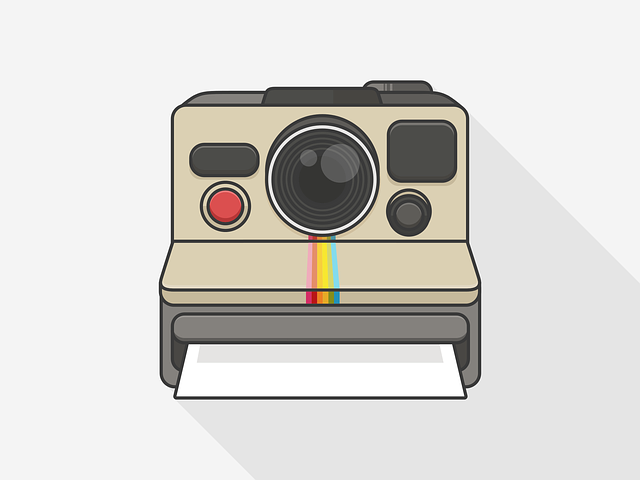
Anyone who works independently as a photographer and is not employed in a photo studio needs good and far-reaching marketing strategies in order to always win new customers and retain existing customers.
A meaningful portfolio is the be-all and end-all here and has a positive effect on acquisition. Which tips self-employed photographers should still consider and with which marketing strategies they reach many potential customers, explain in the following article.
The basics: website and social media presence
A dedicated website is part of every industry these days. Anyone who becomes self-employed as a photographer naturally relies on a professionally designed Internet presence. In addition to information about contact details and yourself, you should also provide high-quality photos of your own here – of course only if the people photographed agree to this.
Because image rights are an important topic in photography and must be treated carefully! In any case, a gallery looks very professional and directly shows the work of the creator. And that’s exactly what customers are looking for when they look at a photographer’s website. They don’t want to buy the cat in a poke.
The imprint and the data protection declaration should not be underestimated in times of GDPR. Many self-employed people place the planning and creation of their company website in professional hands and only make contributions to the content design.
The advantage is that a professional web designer is familiar with search engine optimization. In this way, he or she can ensure that your website appears particularly far ahead in the major search engines and is clicked on more often.
In any case, the homepage is an important place to summarize all information about the company. In addition, it offers customers fast contact options with a contact form, an e-mail address, and a telephone number.
Presences on social media are also a good way for photographers to present themselves. That is where services become crucial. Here they can regularly post photos and “behind the scenes” material of their shootings and thus practically take the community into their everyday lives. This also shows how you work and what future customers can expect from you.
Facebook
This classic network offers users the opportunity to create company pages. Here, too, you can store contact options and publish postings described above. Facebook also offers the option to schedule images and other postings so that they go online at a pre-selected time. With Facebook, companies achieve a particularly high reach when they place ads that are then passed on to a specific target group.
Instagram
In addition to Facebook, the Instagram portal is particularly interesting for photographers. It only allows postings with photos – the pictures are the focus here. On Instagram, you can reach a younger target group than on Facebook and thus attract and retain even more customers.
In addition to the normal pictures with captions and hashtags, they can also post small films and further pictures in their “story”. This is perfect for behind-the-scenes shots. The “story” postings disappear after 24 hours unless they are saved as a so-called highlight.
Twitter
The third major network is Twitter. The users post small texts with a maximum length of 280 characters, preferably garnished with a photo. This portal is therefore also suitable for “behind the scenes” material. Short statements about the current day or job are well received by the young target group, of course also garnished with a few hashtags.
No matter which social networks you choose with your company, the important thing is that you have a plan. A good social media strategy goes a long way towards not getting bogged down and reaching just the right people.
Corporate identity or: Making yourself a brand
Whether a website, business card or social media, it is important to have a recognition value. Marketing is often synonymously called “self-marketing”. Freelancers and photographers in particular have to establish themselves as a brand in order to be noticed.
Not least on the Internet, there is a wide range of the same services – all the more valuable it is to stand out. An important point of the corporate identity is the corporate design, i.e. the uniform design with which the company presents itself online and offline. These include:
- A uniform font that can be found everywhere.
- A company logo that is as memorable as possible. Here, founders clarify in advance whether it makes sense to have the company logo protected.
- A recurring color scheme that attracts people’s attention.
- A uniform tonality in texts. This also applies to the approach: Do you dozen or seize your customers? The sound makes the music!
All these points should run constantly through the appearances of the company. This includes printed matter as well as the website, advertisements, social media, or promotional gifts. A corporate identity ensures that customers always recognize the company. Unique selling points compared to other companies in the same industry can also be highlighted here and help to gain more visibility.
YouTube and blogging – (almost) free advertising
Online, it is immensely important to position yourself broadly. The more channels you use to market, the more people you engage. The number of potential new customers is also increasing accordingly. That’s why many freelancers run a YouTube channel or their own blog. These two methods belong to free advertising, which only requires a time commitment. This has two advantages for you:
Videos and blog posts are used to address new customers who subsequently visit the website. This allows you to generate new orders and increase your reach.
Ads both on the blog and before and during videos on YouTube will generate additional revenue. You can then use this “advertising revenue” as a second pillar.
However, it is essential to regularly feed a blog or YouTube channel with new content. This costs time, which is not immediately remunerated. Above all, the algorithm of YouTube, the largest German portal for web videos, plays videos better when they appear regularly. A precise plan of when which post or video should go online is very helpful in scheduling these tools. For the choice of the right content, even as a photographer a lot comes into question:
Behind-the-scenes material that shows you your assignments. Attention: For this, you need someone who leads the camera!
- Short videos or postings that explain the technical terms of photography.
- Tutorials on programs you work with.
- Insights into the photographer’s work: How do you photograph? How do you edit your images? How do you develop the photos?
- Videos or postings that show and present the equipment.
In addition, insights into your private life, if you want to give them, are very good as a means to more reach. They make the video producer or blogger look authentic and approachable and bring you closer to the viewers or readers on a personal level. This leads to sympathy and consequently to possible orders.
ALSO READ: Pro-Tips for Graphic Photography
Run online ads
In addition to the free possibilities of marketing, photographers can of course also place advertisements with which they market themselves. Various platforms that give companies the opportunity to present themselves are suitable here. Some ads are free, others charge a fee for running ads.
Google
Of course, the world’s largest search engine offers your users the opportunity to run ads. When searching for “Photographer in City X”, your company will then appear at the top. The entry is of course provided with the word “display”.
It is important to inform yourself in advance where the website would appear in a natural search without advertising. If your company website is the first search result anyway, the paid ad on Google is not financially worthwhile.
Classifieds
Not only in local newspapers but also online there are still many classified ads. There are portals that specialize in different areas as well as general websites for ad placement. With most of these portals, the placement of a classified ad is free of charge.
However, there are often additional services that are subject to a fee. These are used to place the ad far ahead in the search results or to highlight it specifically with a colored frame.
Blogs and third-party websites
You can also place advertisements on the blogs of other companies and individuals. Bloggers who post particularly beautiful photos themselves are the first point of contact here. Depending on the provider, there are different costs for placing the advertisement.
It makes sense to conclude a detailed contract for the services: Where should the advertisement appear and how big is it? Does it appear for every visitor or only for some? These questions must always be clarified in advance.
5 Marketing Tips for Photographers
Regardless of which advertising strategy you choose, there are a few things you should keep in mind if you want to attract customers online:
- Be authentic. It is not very expedient to acquire a “new personality” on the Internet. This will not withstand the first personal contact and in the worst case, it will therefore not come to order. This makes it all the more important to remain authentic on the Internet.
- Be approachable. Let your potential new customers approach you! In this way, people can directly gain a first, personal impression of you. Sympathy also determines who gets an order.
- Reply to the news! If you give your target group the opportunity to reach you in a variety of ways online, then you also need to be reachable. Does someone ask a question about your achievements? Answer! Does someone have a price demand? Answer! This makes an extremely positive impression.
- Be confident. Anyone who reveals things about themselves online also gets negative reactions in almost all cases. This is normal and not a cause for concern. So stay relaxed with harsh criticism and take only constructive comments to heart. You know what you can do and why you chose this marketing strategy.
- Have a plan. A plan, a strategy for your marketing, is immensely important in order not to lose track. Too many accounts, websites, and the like making your life unnecessarily difficult. Instead, stick to some well-functioning techniques to attract new customers. You can always try something new – but please not everything at the same time.

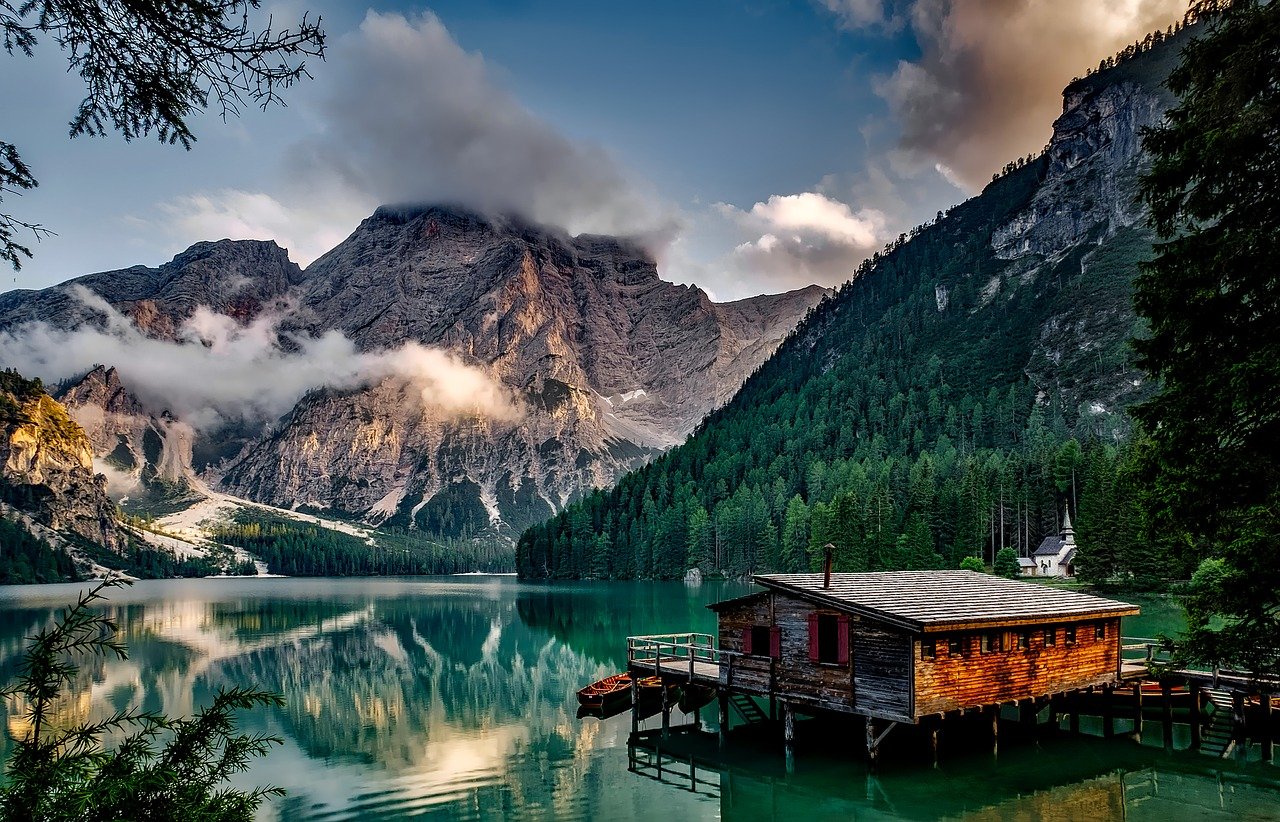



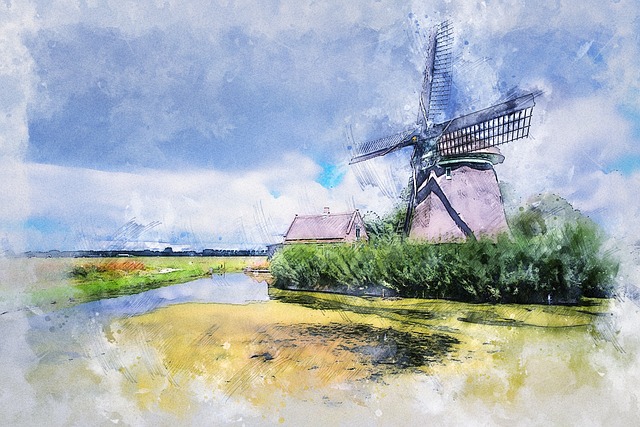

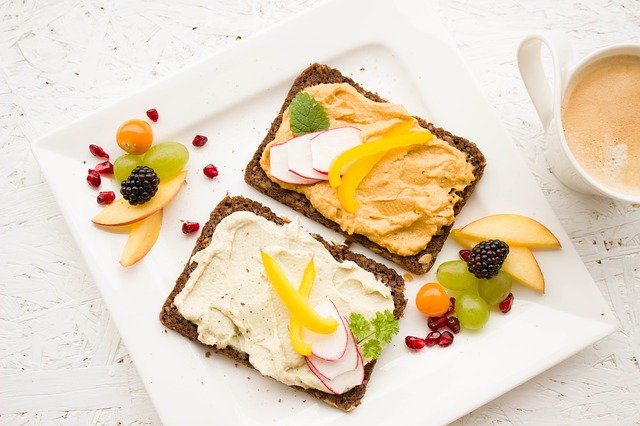



 If you are someone like Bill Gates whose birth date is October 28, 1955 (10 + 10 + 20 = 40 or 4 + 0 = 4, your Life Path resonates with the vibrations of the Number 4. That particular number stirs initiating the building of a solid foundation for a project to achieve stability, but with the application of talent, hard work, determination and endurance to attain progress.
If you are someone like Bill Gates whose birth date is October 28, 1955 (10 + 10 + 20 = 40 or 4 + 0 = 4, your Life Path resonates with the vibrations of the Number 4. That particular number stirs initiating the building of a solid foundation for a project to achieve stability, but with the application of talent, hard work, determination and endurance to attain progress. How does the Personality Trait of William Henry Gates III fit into his Life Destiny 4? To calculate Bill Gates’ Personality Trait Number, we use all the consonants of his name WLLMHNRYGTS – and then transpose them into the Pythagorean Numbers 5 + 3 + 3 + 4 + 9 + 5 + 9 + 7 = 45
How does the Personality Trait of William Henry Gates III fit into his Life Destiny 4? To calculate Bill Gates’ Personality Trait Number, we use all the consonants of his name WLLMHNRYGTS – and then transpose them into the Pythagorean Numbers 5 + 3 + 3 + 4 + 9 + 5 + 9 + 7 = 45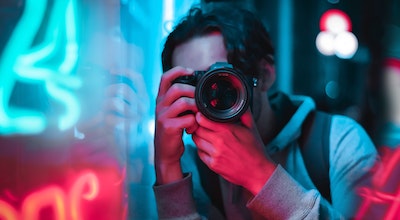


 Anime is a creative process and is not just about drawing cartoons. It is about making sure that the story is compelling, the characters are distinct, and the dialogue interesting.
Anime is a creative process and is not just about drawing cartoons. It is about making sure that the story is compelling, the characters are distinct, and the dialogue interesting.

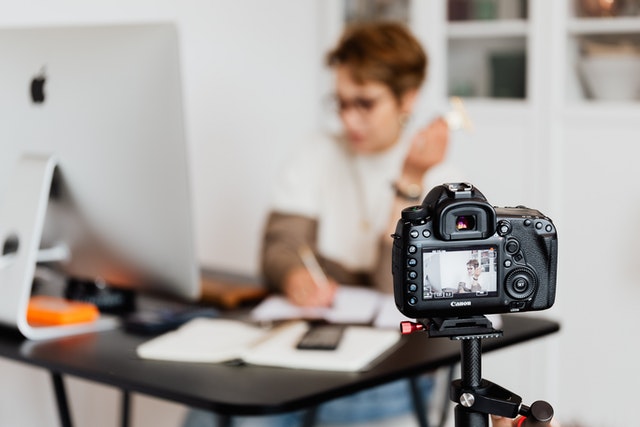

 Although these types of photo shoots have been used a countless times, a photographer has to make different backgrounds more interesting. by choosing the most imaginative and unusual portrait location.
Although these types of photo shoots have been used a countless times, a photographer has to make different backgrounds more interesting. by choosing the most imaginative and unusual portrait location. As a type of lifestyle photography, shooting on location means placing your customer in places they love the most or in the surroundings where they can show off their best form, e.g. as a swimmer, a surfer, a
As a type of lifestyle photography, shooting on location means placing your customer in places they love the most or in the surroundings where they can show off their best form, e.g. as a swimmer, a surfer, a  Unless called for, avoid cities and crowded public places because of the constant interruptions caused by people moving in and out of frames. Not to mention that if you are doing portrait photography, your client will only be self-conscious about attracting the attention of curious passers-by.
Unless called for, avoid cities and crowded public places because of the constant interruptions caused by people moving in and out of frames. Not to mention that if you are doing portrait photography, your client will only be self-conscious about attracting the attention of curious passers-by.













